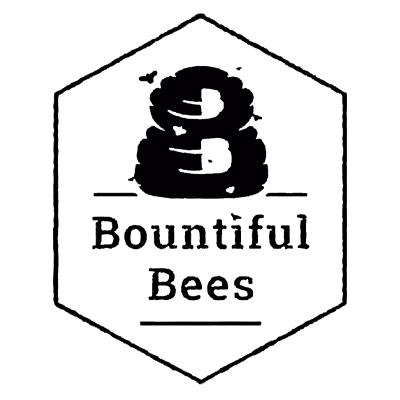How to attract bees to a hive
Not all apiaries are made equal; some are full of booming colonies, some not so much. There are things you can do to attract bees to a hive and help fill yours up. It’s important to remember attracting bees takes time, weeks or even months for the hive to fill up and become fully established.

How to Attract Bees to a Hive?
1) Lure 'em in-
Bee swarm lure is used in beekeeping to lure bee colonies into taking up residence in your brood boxes. Bee swarm lure is used to attract new swarms and start new hives. In the spring, beekeepers often use a swarm lure to attract new colonies, and catch their own colonies swarm! If you’re interested in starting beekeeping, it’s important to know how to attract bees to a hive. Colony growth and population is benefitted by bee swarm lures in the spring. Using natural ingredients, bee swarm lures imitate the natural pheromone and hormones released by scouter bees. This means that your brood box smells like a new home. Scouter bees travel outside of the colony to relocate the hive, using pheromones to tell the other bees where to go. Bee swarm lure imitates that natural process to manipulate swarms and bee populations in your apiary. Installing a queen bee is also a good way to attract bees to your hive.
2) Swarm season-
Between March and May, your bees start to get riled up! These two months are swarming season- when bees go out and find new hives to make their new homes. Sometimes you’ll see swarms in the summer, but it’s not a part of the swarming season.
In healthy colonies in late winter, the queen begins laying eggs. The bees will begin making a new queen. As the weather warms up, the queen continues to lay eggs. The hive fills up over the winter until it’s full. When the other queen is soon to hatch, the old queen will take half of the colony and swarm to migrate to a different hive location. This is the perfect time to use bee swarm lure to attract bees to your hive!

3) Location, Location, Location-
Place your hive in a good location- honeybees are attracted to areas with high quantities of nectar and pollen. The location of the hive is just as important as every other component. Ideally, your hive should face the south. Bees need their sunshine! If you live in a hot climate however, make sure your bees only get hit by the afternoon sun, not baked in the heat. Bees need sunshine and they need water. A shallow bubbling fountain is a good way to provide your bees with fresh running water.
The hive should be in a place protected from wind, blowing rain, and snow. Cold getting into the hive makes it hard to rebuild and maintain warmth. Being off the ground protects your honeybee colonies from environmental dampness, and critters. Each hive needs enough space; bees should be fifty feet away from heavily trafficked areas. If space is limited, you must place the hive by bushes, or an equally tall object to force their flight pattern up, overhead, and out of sight.
Some people give their hives a cement base, much like a human house. It helps level the land, and keep that moisture at bay. In spring, an environment with flowers is one the bees will visit. Nectar and pollen are food in abundance during the spring.
4) Offer a tasty treat-
Bees are drawn in by many plants and nectars. Blackberries, strawberries, and even some flowers can be used as a natural way to entice your bees into your brood box. Bee Bait Swarm Lure is a great way to attract bees to your apiary. Spraying the plastic or wax foundation with Bountiful Bees Brood Booster can also enhance acceptance and encourage comb building. Bees like sweets, and they like bright colors. The bee swarm lure will make the bees feel comfortable and at home.
5) Use a small bait hive-
A bait hive is a small hive that is placed within an area where bees are known to forage or swarm. Placing a bait hive in a highly flowered area or somewhere bees frequently scout is recommended. Populating your bait hive with foundationless frames or empty comb is a good way for bees to choose your bait hive as their new home. When using foundationless frames, make sure your hive is level! Scout bees measure the size of the potential hive by flying around inside. Bountiful Bees Brood Booster can help entice worker bees to check out your bait hive. Once the bees use the bait hive, they’re ready to be transferred to their main hive. Make sure that you wait a few days for the bees to regroup and destress before transferring them from the bait hive to the main hive.

